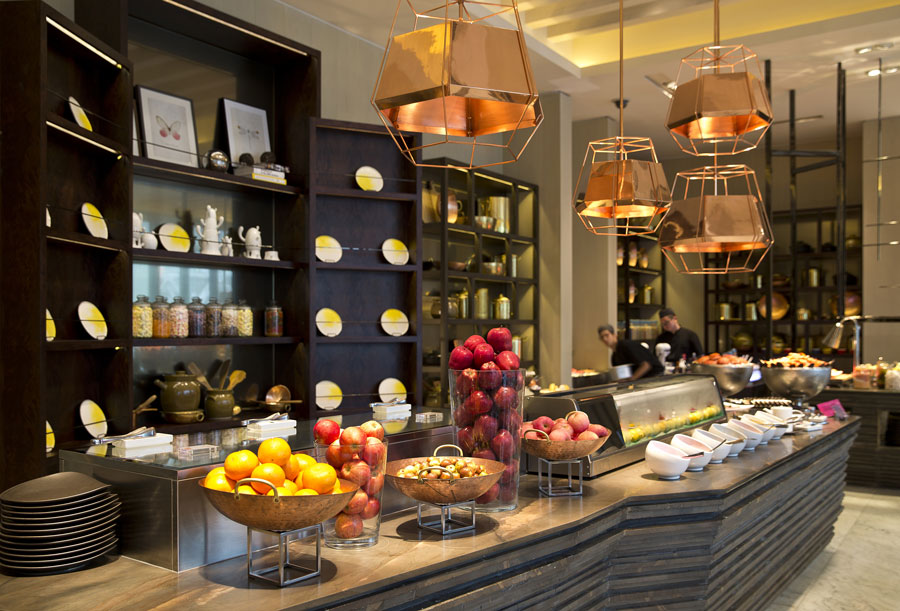Hospitality lighting industry introduction
OPPLE Lighting continues to innovate in the hospitality lighting field by launching various lighting products based on the hospitality industry trends. By integrating lighting design + luminaries + intelligent control system, we provide a full range of hospitality lighting solutions to upgrade hospitality quality and guest comfort, thereby promoting the development of the hospitality industry.
Focusing on the value of light, we are committed to leading your life with our meaningful innovations.
Hospitality Overview:
Hotel: the basic definition is an establishment that provides guests with safe, comfortable and cozy lodging and dining. According to brand positioning, hotels can be roughly divided into luxury hotels and chain hotels.
Luxury hotels have very luxurious and comprehensive facilities. In addition to luxurious room facilities, the services are more diversified, equipped with a variety of restaurants, large banquet halls and conference halls. A luxury hotel is a place for networking, conference, entertainment, shopping, leisure, health care and other activities. With an elegant environment, quality service and high pricing, luxury hotels are mainly to meet the needs of the upper class, government officials, celebrities, managerment of large companies, engineering professionals, as well as officials, experts and scholars attending international conferences.
Chain hotels refer to hotels that operate in a franchise business model. Chain hotels generally have a unified brand image recognition system, a unified membership system and a marketing system, and their prices have a great advantage over star hotels, especially luxury hotels, and more suitable for common consumers.

Different positioning requires different lighting solutions.
A luxury hotel has a specific theme or style that echos its architectural style and decorative arts. Therefore, this type of hotel requires a specific lighting environment to highlight the characteristics of the hotel theme, and give customers a unique cultural feeling, that is, using proper lighting to outline the decoration style of the hotel and guiding customers to obtain joy, knowledge and excitement.
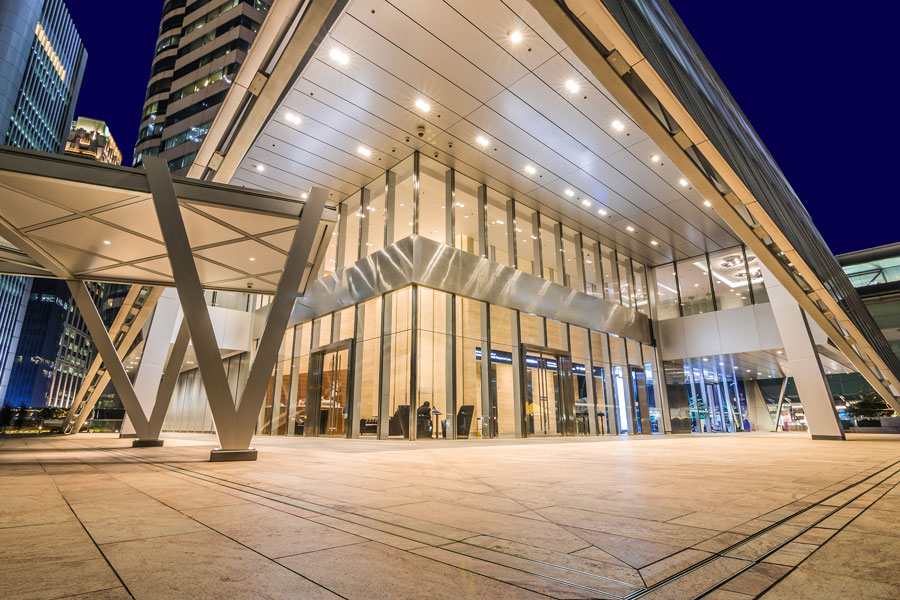
Economic chain hotels offer convenient and fast services at a lower price. They allow guests to have a home-like feeling during their rushed journey, while increasing the satisfaction and loyalty, to achieve higher economic benefits. Therefore, the hotel lighting needs to create an intimate, warm, and friendly atmosphere. The low color-temperature lighting environment and can narrow the psychological distance, making the guests feel warm and at home.
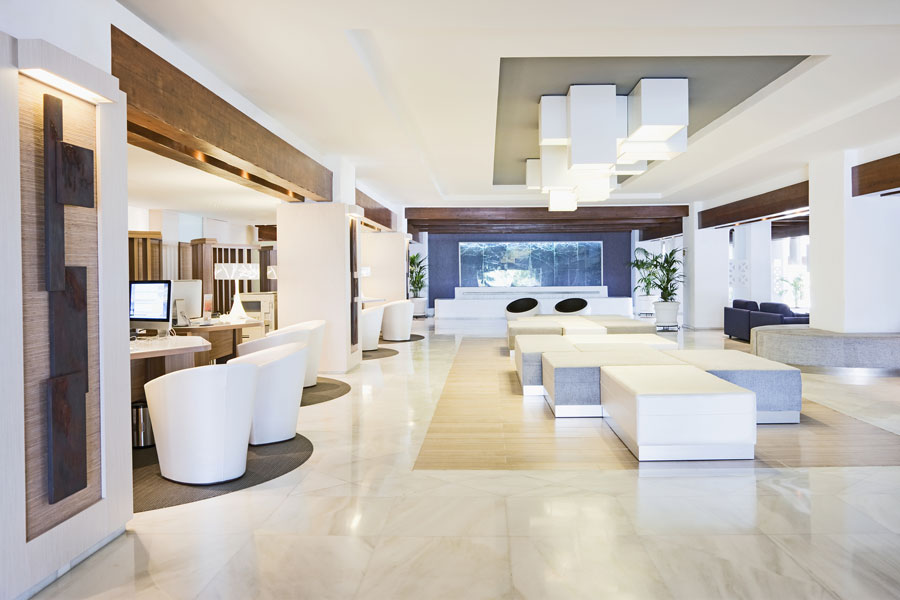
Functions and value of lighting in the hospitality industry
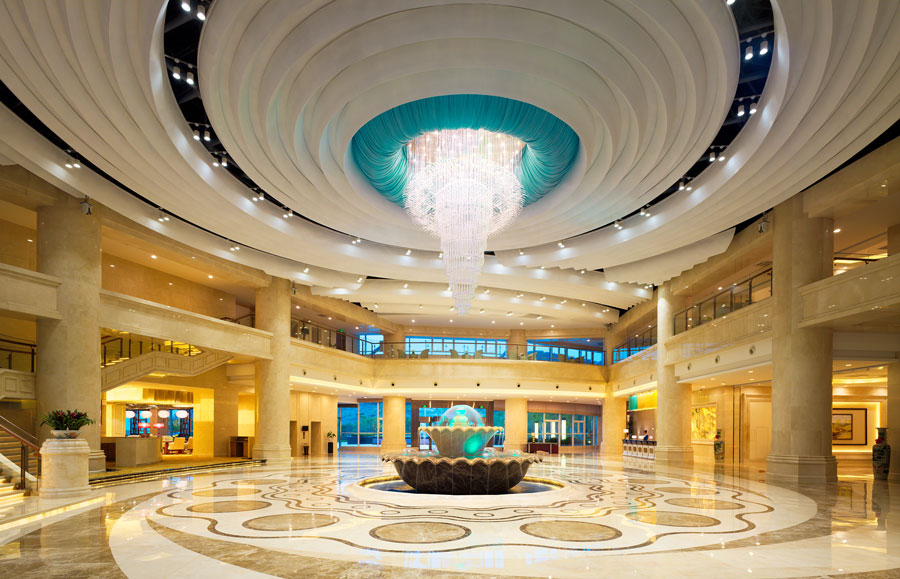
Lights, as a building material, play a very important role in a hotel. The lighting defines the mood and atmosphere of the entire hotel space. Therefore, for the hotel's lighting design, to achieve a balance among functionality, presentation of style, experience and energy efficiency is the most critical consideration for a hotel's lighting quality.
Light up brand value: lighting allows a hotel to display its architectural features and unique humanistic care, and shape the brand image; at the same time, proper lighting can improve the hotel's grade and taste, so as to impress customers and truely make them feel at home, thus gaining a unique brand value.
Create different experiences: different buildings have different decoration styles and functional settings.
Tailored lighting for the hotel can effectively highlight the hotel theme and its decoration style. Proper lighting allows guests to have different experiences, and distinguish it from other hotels both visually and emotionally, boosting customer recognition of the hotel.
Economic benefits: Since a hotel is a commercial place, excellent lighting design can shape the unique temperament of the hotel. As customers' aesthetic taste in new commercial spaces improves, hotels with a “temperament” are particularly attractive to customers. Proper visual effects can attract more guests, increasing the occupancy rate of the hotel, thus enabling the hotel to achieve higher profits.
Classification of hospitality lighting system
Basic lighting refers to the uniform lighting for the overall environment, which can provide sufficient lumination when guests and employees are walking. In general, the illuminance should be between 100-200lx. Diffuse lighting can create a comfortable lighting environment for guests. The light on a vertical surface can not only bring visual comfort to users, but also make the whole space look more spacious and recognizable. It can also be used as guiding light in the lobby.
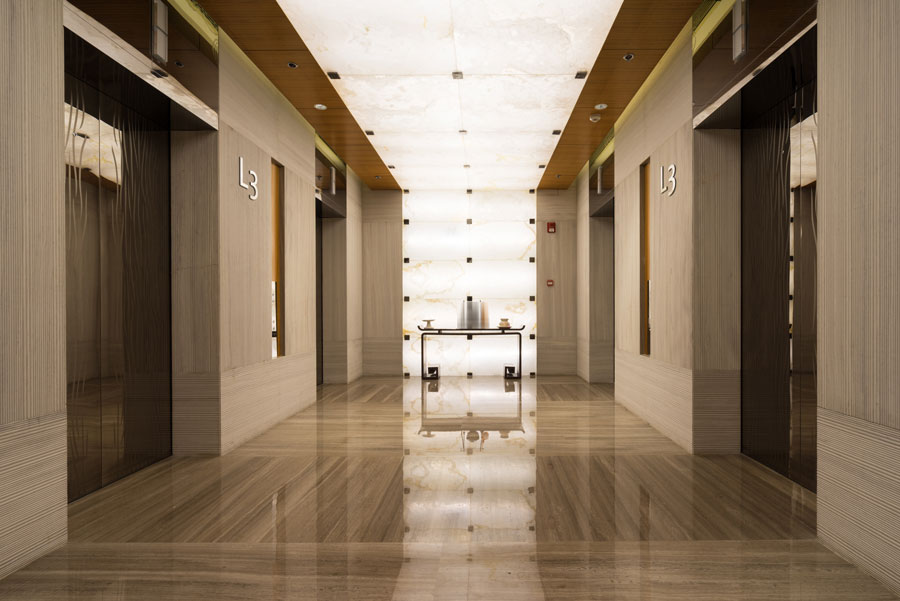
Spot lighting refers to the lighting for a special area or for a specific visual requirement. It can provide more concentrated lighting with a higher illuminance level. It is mainly used as supplementary lighting in multi-function halls and for some specific desktops. The lighting with a high illuminance level for specific targets and spaces is called spot lighting. Spot lighting is a commonly used lighting method incommercial space lighting design, which features the ability to highlight a subject or part as needed, and adjust the color, intensity, and lighting area accordingly to optimize the overall lighting effect.
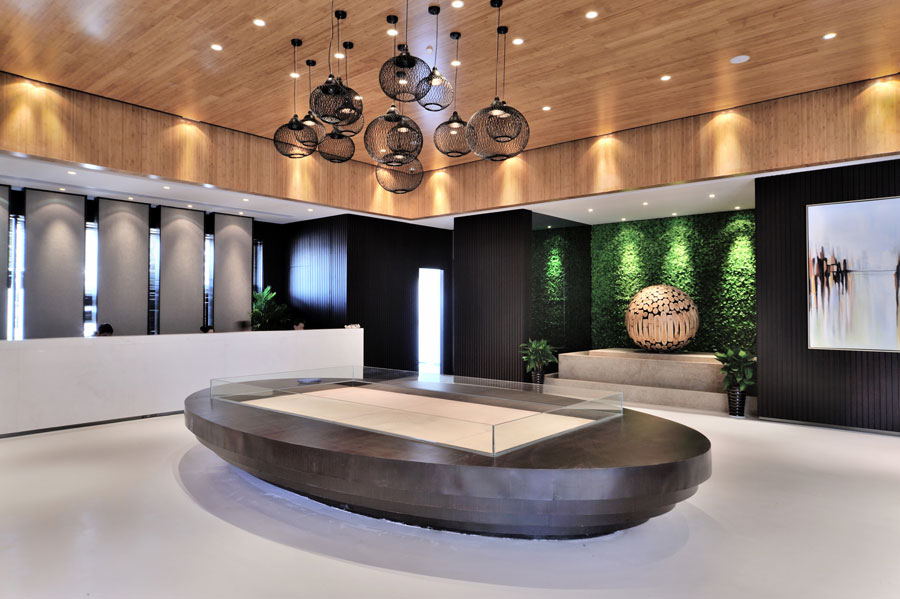
Combined lighting refers to the lighting method combining basic lighting and spot lighting. It aims to improve the lighting environment through professional lighting design, creating a relaxing and comfortable atmosphere in the space and echoing the hotel’s architectural style to showcase its culture and value.
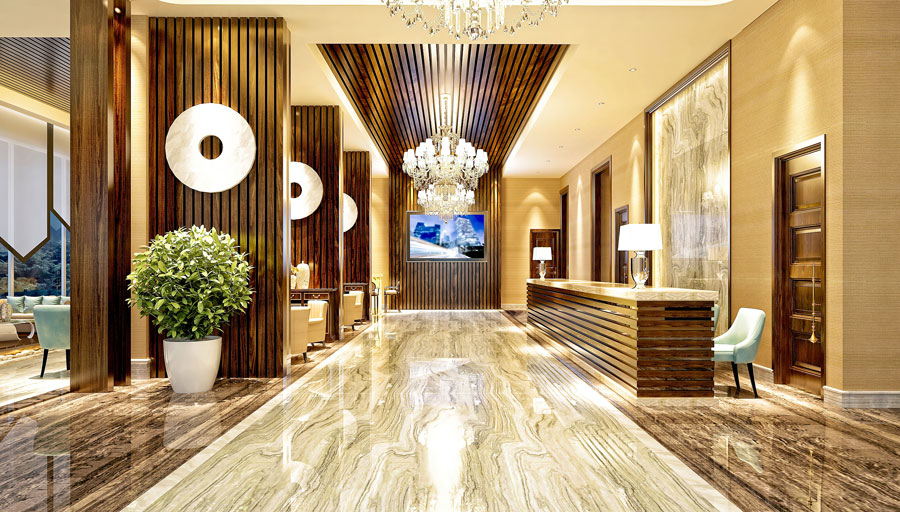
Evaluation Criteria for Hospitality Lighting Environment
Comfort: anti-glare
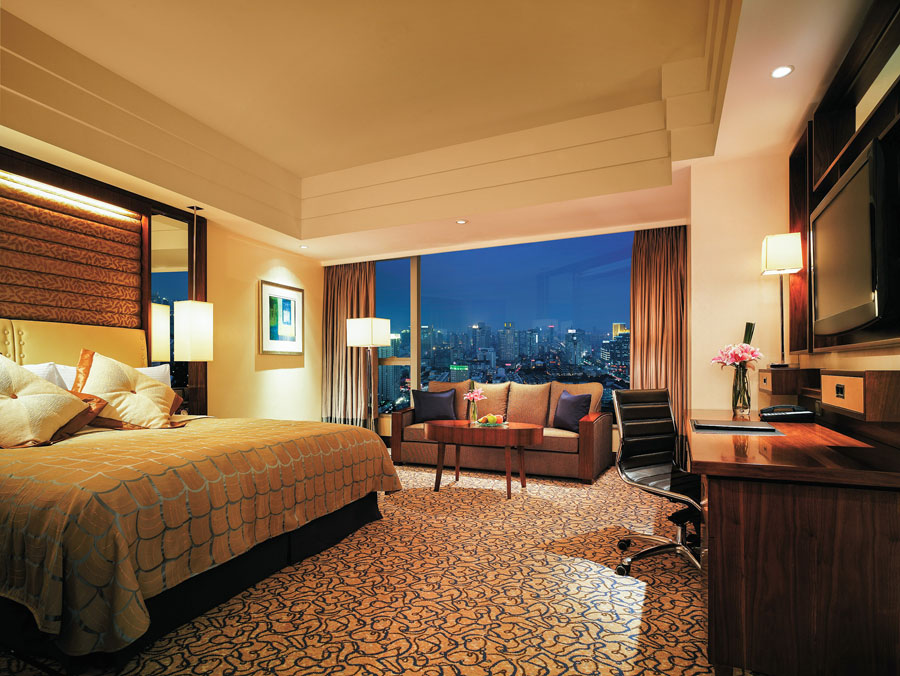
Design and construction: pay attention to details and avoid the visual discomfort caused by straightforwardness; unify the color temperature within an area.
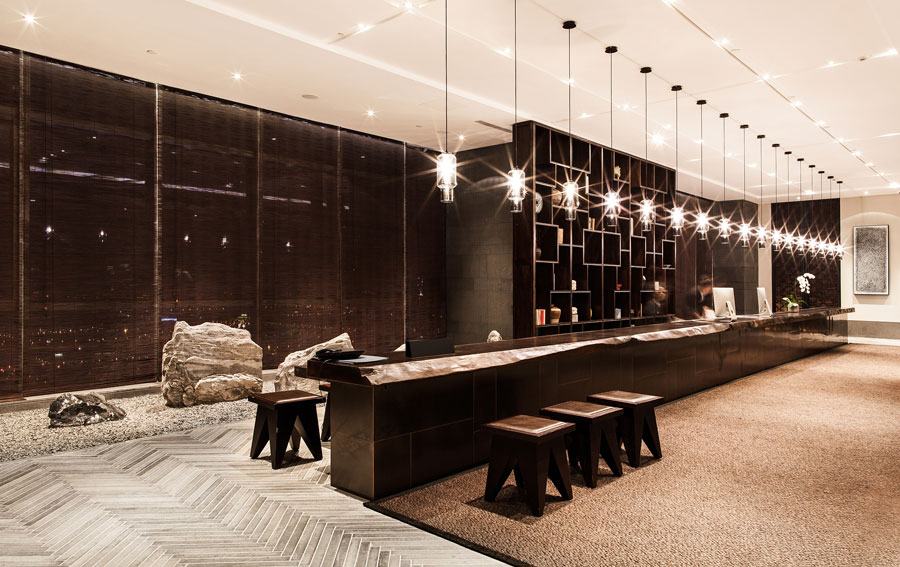
Color temperature: The hotel should have a warm color or a theme color to create a friendly and warm atmosphere for guests.
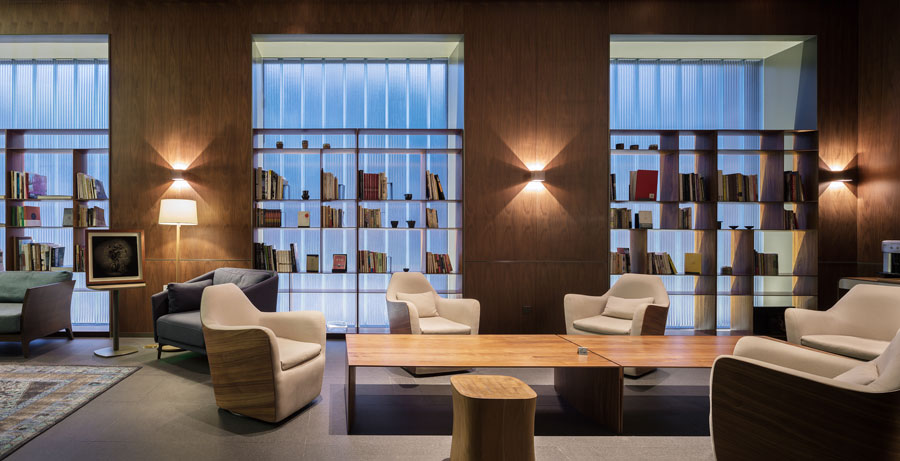
Color rendering: For hotels, color rendering may become an important factor for a poor visual experience.
